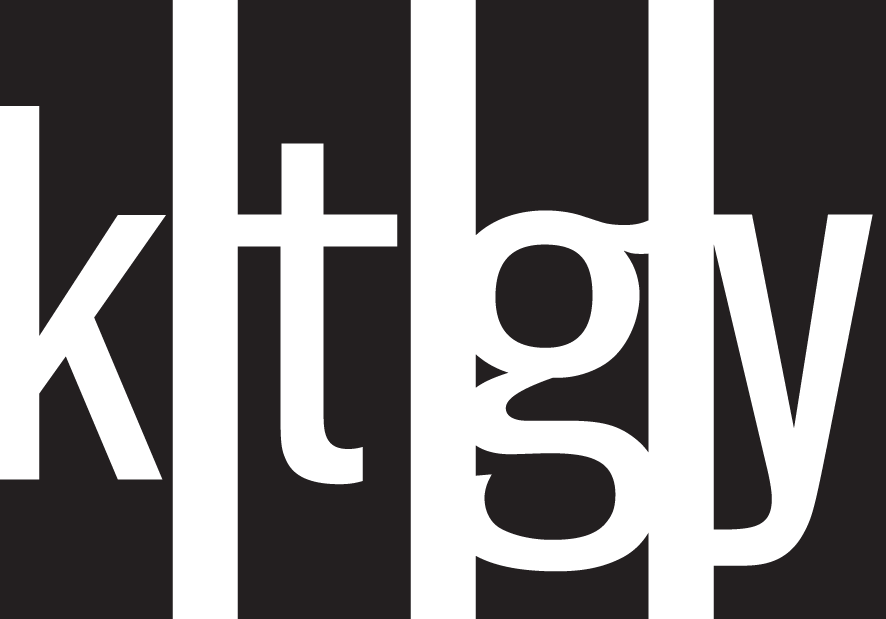Manny Gonzalez – Age-qualified rentals offer promising future options
Colorado Real Estate Journal
February 9, 2021
As Tom Petty once said, “If you’re not getting older, you’re dead!” and Americans certainly are getting older. The median age in 2017 was 38.1, up — from 36.7 a decade earlier, and because “the older population is no longer as enthusiastic about homeownership, many seniors are starting to downsize and move into rentals,” according to RentCafé.
The recent boom in apartment development was thought to be fueled by millennials. After millennials were spoiled in some incredible student housing facilities, they created the “amenities arms race” that changed the face of apartments in the last decade. However, the face of apartments and their occupants were changed perhaps even more by the parents of millennials.
RentCafé reports that renter households aged 60 and over actually drove the past decade’s surge in renters, with a 43% increase, from more than 6.5 million to almost 9.4 million in 2017, greatly outpacing younger age groups. While those aged 35 to 59 grew by 17% from 16.3 million to 19.1 million, renters under 35 years of age witnessed the slowest increase, a rate of 7%, growing from almost 14 million to 14.9 million in a decade. Likewise, in net numbers, the U.S. gained more new senior renter households in the past 10 years than in either of the two younger renter age groups.
As more baby boomers retire, it’s likely the number of older renters will continue to swell. The study predicts that by 2035, renters over 60 will comprise 31% of the rental market compared with 18% in 2007. In contrast, the number of renters aged 35 to 59 is likely to remain stable through 2035, at about 43% of the rental market. Americans under 34 will drop to 27% of the rental market compared to 34% in 2017.
While the boomers and the millennials may be a generation apart, they still are looking for many of the same things in an apartment community. While renters over 55 likely are not looking for a rock-climbing wall or a lazy river, they are looking for fitness facilities with spaces dedicated to cardio, yoga and stretching, as well as connectivity and five bars of Wi-Fi on all of their devices. Margaret Wylde of ProMatura Group points out that just like millennials, boomers want proximity to shopping, especially groceries, as well as dining and entertainment. They may not go to all of the same restaurants or watch the same movies, but when this pandemic is over, both millennials and boomers will head back to the theaters and dining out.
Perhaps, the most important amenity today is “total wellness.” Fitness is obviously a big part of that, but so is healthy eating, and today you are seeing more farm-to-table communities growing fruits and vegetables on the property as well as hosting cooking classes in their demonstration kitchen. But given what we are going through today with concerns over the spread of the coronavirus, healthy air as well as water quality are a critical part of total wellness that will probably be with us forever. Water comprises over half of our body weight and air pollution is the fifth leading cause of mortality. Air and water quality in the community will be a critical component of the amenity package.
This isn’t just an American movement; the global wellness industry grew 12.8% from 2015 to 2017, according to the 2018 Global Wellness Economy Monitor. That’s twice as fast as the overall global economy grew over the same period. Over $1 trillion was spent on personal care, beauty and anti-aging with healthy eating, nutrition and weight loss spending topping $700 billion.
While the demographics almost seem to say that if you build it (and include the right amenities), they will come, it’s not quite that easy. Active adult renters typically will not move more than 10 or 15 miles from their existing home if they are downsizing. The major exception is if they are moving to be near grandchildren, in which case it may be their primary residence. However, quite often it is more of an extended-stay accommodation, so they don’t have to sleep on a hide-a-bed in their daughter’s house when they visit.
Given that for the most part, the move-down renters will be selling their home to move into the rental market, it’s critical to understand the equity value of the homes these would-be renters are selling. A potential renter selling a home in Boulder can expect a median home price of over $800,000 while a potential renter in Colorado Springs will see a median home price of under $350,000. These are two very different markets, and while a highly amenitized apartment community in Boulder could command the rent to offset the development costs, the same doesn’t hold true in Colorado Springs.
In his song “Running Down a Dream,” Tom Petty’s lyrics say, “There’s something good waiting down this road. I’m picking up whatever’s mine.” If RentCafé is right, in the apartment development business, the age-qualified rentals are the something good that is waiting down the road and it’s still not too late to pick up whatever’s yours; just make sure to understand this renter.

